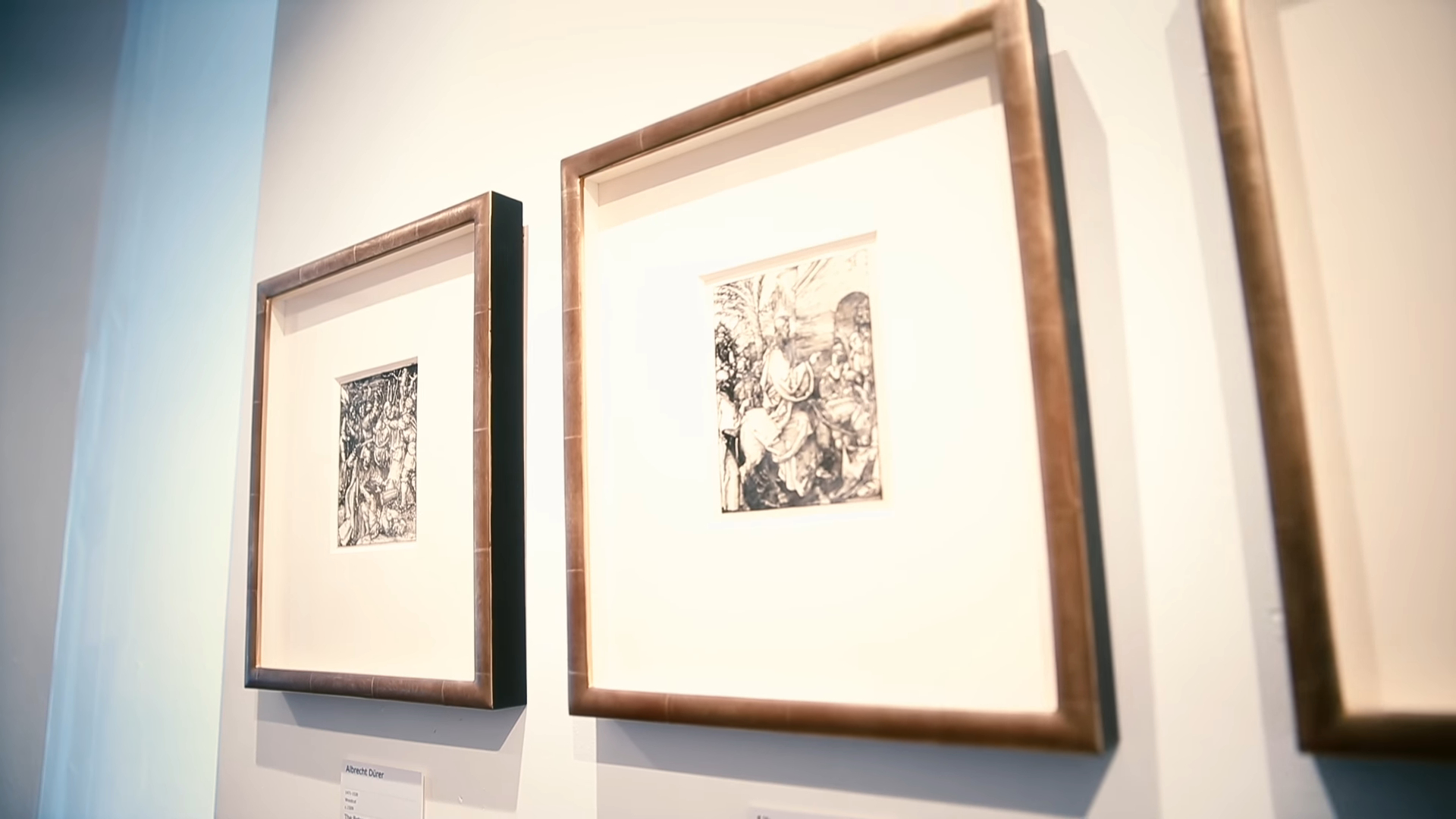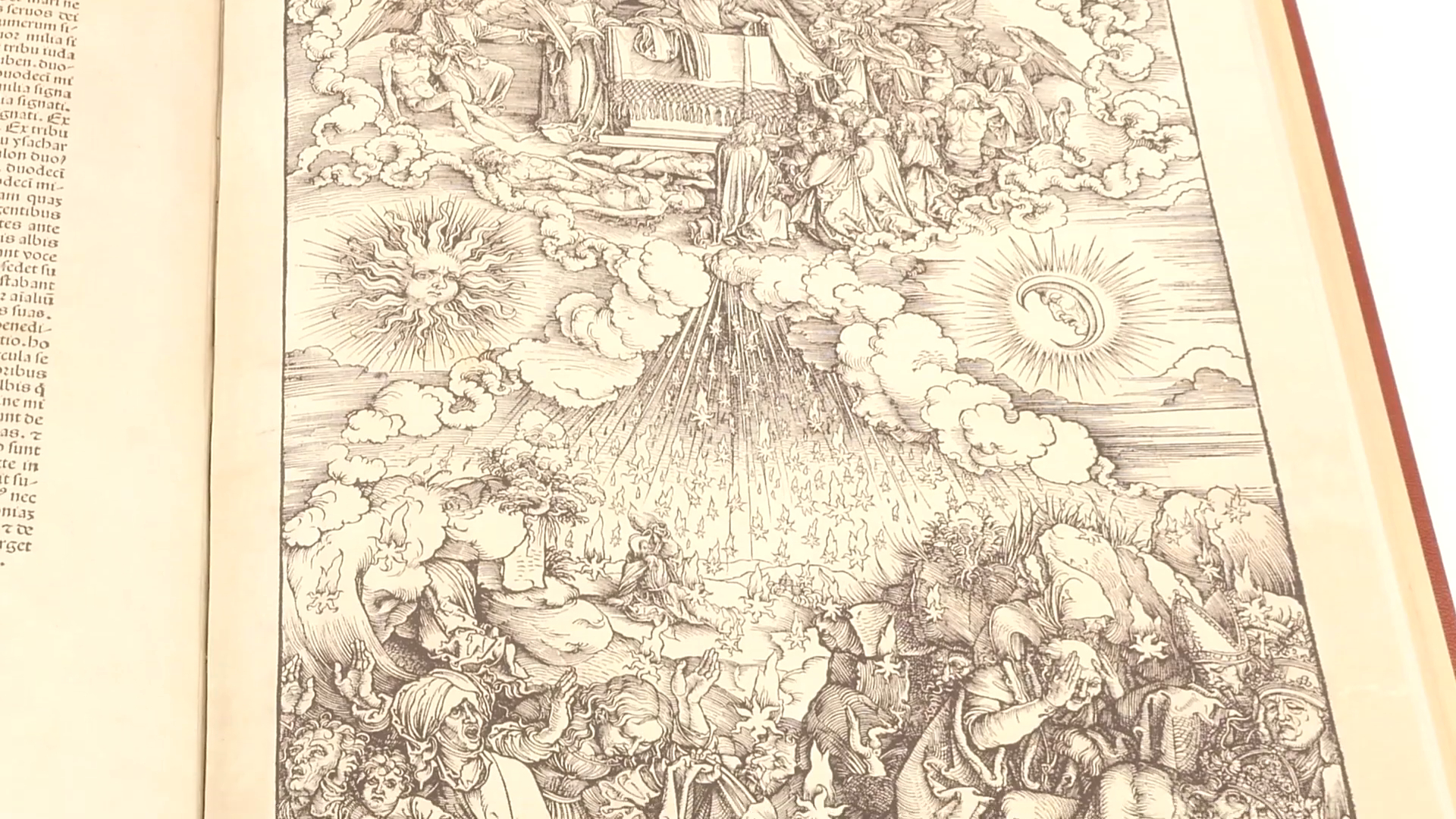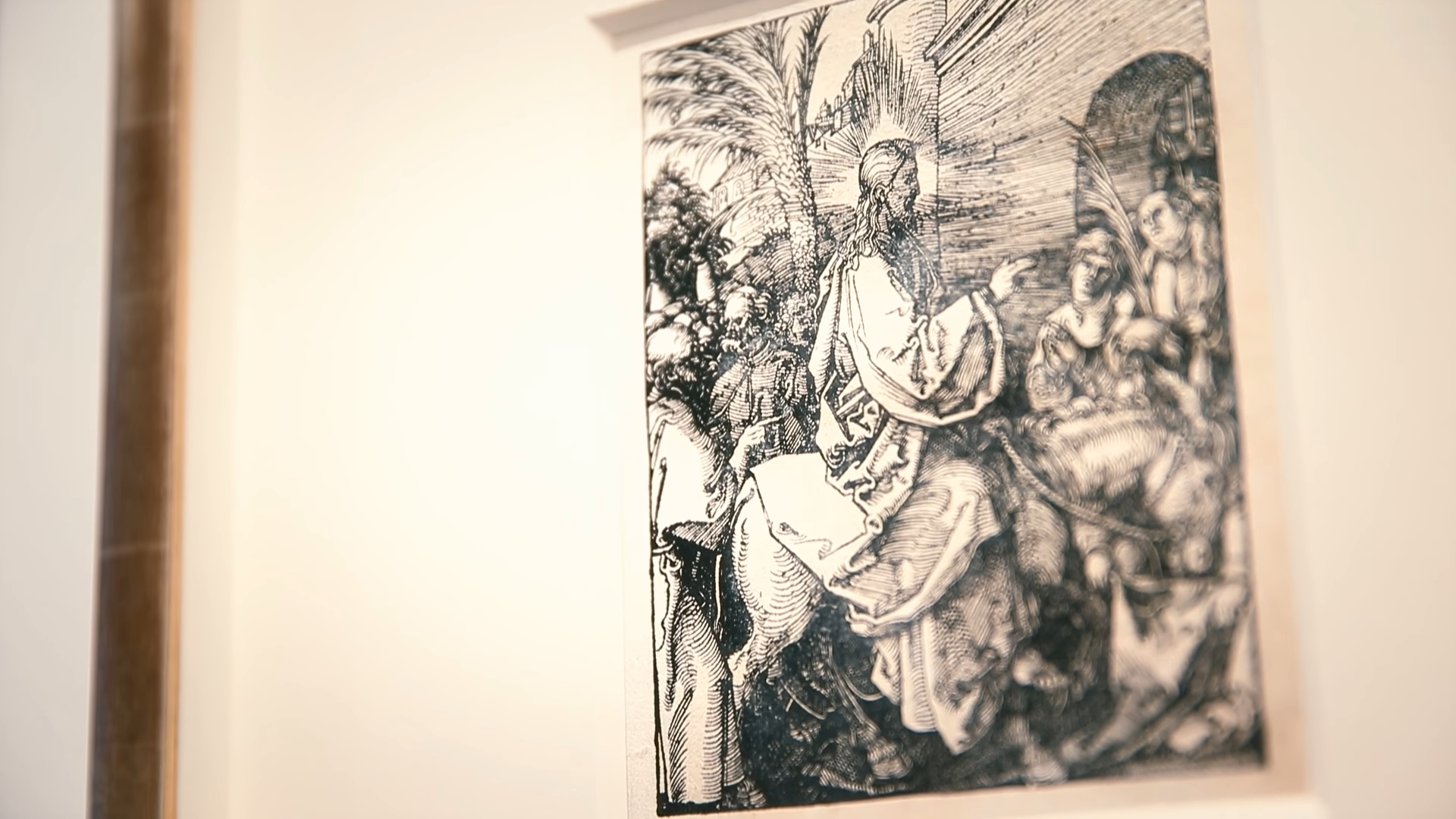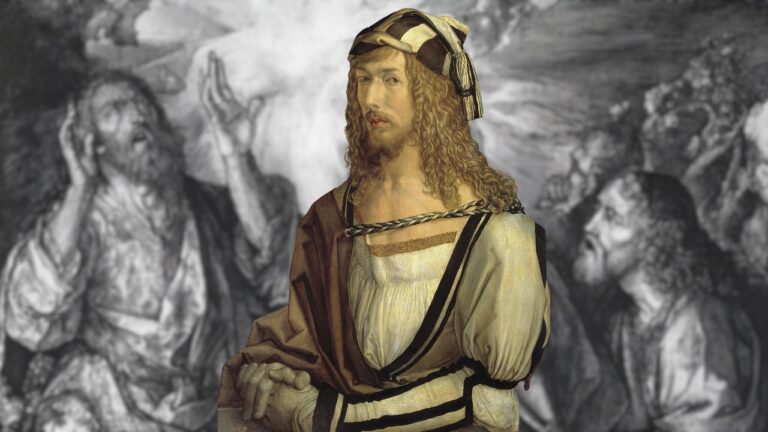Albrecht Dürer, a groundbreaking artist from Nuremberg, rose to prominence during the German Renaissance. He is most revered for his distinctive woodcut prints for a good reason.
With an unrivaled attention to detail, Dürer elevated woodcutting to an art form that inspired artists and art lovers worldwide.
His work, deeply rooted in religious themes, captures both the technical prowess and the emotive storytelling that defined his era.
Let us see how his woodcuts influenced the art as a whole.
The Legacy of Dürer’s Woodcuts

Dürer’s woodcuts are celebrated for their meticulous detail, with over 300 designs that captivated audiences across Germany and beyond.
- “The Great Passion”
- “Life of the Virgin”
- “The Apocalypse of St. John”
- “The Last Supper”
The power of Dürer’s creations lies in his ability to fuse religious reverence with human expression, a characteristic that makes his pieces enduringly relevant.
Unlike many of his contemporaries, Dürer’s pieces possess a linear narrative quality, making it possible for viewers to follow the scenes in a sequence akin to the storytelling found in the Bible.
Dürer’s designs often have a sacred touch, drawing inspiration from the Old and New Testaments. His approach to presenting biblical events through woodcuts allowed him to capture the essence of religious themes in a visual format.
His use of chronology within each series allows viewers to follow the order of events, linking each piece to the next and creating a visual journey through biblical narratives.
A Look at Dürer’s Most Famous Series
- The Large Passion
- The Small Passion
- The Apocalypse
- Life of the Virgin.
Each series highlights different aspects of Christian faith and Dürer’s talent for bringing these themes to life. Of course, we can see the religious influence on his art in other works, such as the renowned “praying hands.”
1. The Large Passion
Created between 1497 and 1510, this series consists of 11 woodcuts and engravings that portray significant moments from the life of Christ, with a strong emphasis on his suffering and sacrifice.
Pieces such as “The Last Supper,” “The Crucifixion,” and “The Resurrection” illustrate Dürer’s ability to convey complex emotions and human struggle, inviting viewers to reflect on the narrative of Christ’s passion.
2. The Small Passion
This collection, produced from 1508 to 1511, contains 36 woodcuts that emphasize the tribulations of Christ. Each piece is meticulously detailed and encapsulates the challenges Christ faced before his crucifixion.
From “The Annunciation” to “Christ Bearing the Cross,” these woodcuts reveal Dürer’s mastery in illustrating both the human and divine aspects of religious figures, adding depth to each scene’s portrayal of Christ’s life and suffering.
3. The Apocalypse with Pictures

Released between 1497 and 1498, “The Apocalypse” series is perhaps Dürer’s most dramatic work. The 15 woodcuts visually narrate the prophecies in the Book of Revelation, illustrating the foretelling of Christ’s return.
Woodcuts like “The Four Horsemen of the Apocalypse” and “St. Michael Fighting the Dragon” are vibrant with intensity, reflecting early Christians’ anticipation of Christ’s second coming and Dürer’s own fascination with divine retribution and redemption.
4. Life of the Virgin
Produced from 1502 to 1511, this series follows the life of the Virgin Mary, depicting significant events such as “The Presentation of the Virgin in the Temple” and “The Coronation of the Virgin.”
With its detailed attention to narrative flow and Dürer’s empathetic portrayal of Mary, this series illustrates his ability to capture both reverence and warmth in religious figures.
Innovations in Woodcutting Techniques
Albrecht Dürer’s contribution to woodcutting extended far beyond the art itself. He transformed the medium into a new expressive form that has influenced generations of artists.
His woodcutting techniques brought unprecedented depth, detail, and realism, making his work an enduring hallmark of the Renaissance era.
Use of Chiaroscuro for Depth and Realism
- Chiaroscuro is a technique that uses sharp contrasts between light and dark to add a mid-tone, creating highlights and shadows that convey three-dimensional depth.
- The result was a strikingly realistic look, which gave Dürer’s woodcuts a dynamic, lifelike quality previously unseen in the medium.
- His ability to introduce shading and tonal gradation helped bridge the gap between woodcut and painting, elevating woodcutting from basic line art to a sophisticated storytelling medium.
Dürer achieved a level of detail and depth that allowed viewers to engage more closely with his narratives, whether biblical or secular.
Collaboration and the Role of Skilled Craftsmen
- Dürer sketched each design with precision, ensuring every detail was accounted for before the woodblocks were cut.
- He collaborated closely with professional woodcutters who translated his intricate drawings into woodcuts, each cut faithfully capturing Dürer’s detailed vision.
- The partnership allowed Dürer to expand his influence and maintain high standards, producing works that were both technically and artistically advanced.
Through these collaborations, Dürer effectively set a new standard for woodcutting, transforming it into a medium capable of conveying complex themes and textures.

Insights Gained from Michael Wolgemut’s Studio
- Dürer learned advanced woodcutting techniques at Wolgemut’s studio, mastering both design and woodblock cutting.
- The experience helped him push the medium’s boundaries, skillfully balancing intricate detail with the wood’s durability.
- Dürer applied his designs directly onto the woodblock or adhered them to the surface, fully aware that this method sacrificed the original drawing during the cutting process.
Through this practice, Dürer learned how to manipulate the wood’s surface to capture depth, movement, and emotion, refining his style and mastering the medium’s capabilities.
Raising the Standard of Woodcuts as an Art Form
- His woodcuts combined technical skill, precision, and artistic vision, making them valuable in the art world and popular with collectors.
- By balancing shading with realistic imagery, Dürer’s woodcuts were considered pioneering works that bridged the gap between painting and printmaking.
- His woodcuts became highly regarded throughout Europe, solidifying his status as a master and establishing woodcutting as a serious artistic medium.
In his hands, woodcutting evolved into a respected art form capable of intricate storytelling and detailed expression. Dürer’s innovations continue to inspire artists, making him a defining figure in the history of Renaissance art.
The Bottom Line
Albrecht Dürer’s woodcuts remain a testament to his profound impact on Renaissance art and religious storytelling.
Through his craftsmanship and innovative techniques, Dürer brought biblical narratives to life with depth and realism that elevated woodcutting into an art form celebrated across Europe.
His work, rich with symbolic meaning and spiritual reverence, reflects the era’s devotion to faith and the pursuit of artistic mastery.

